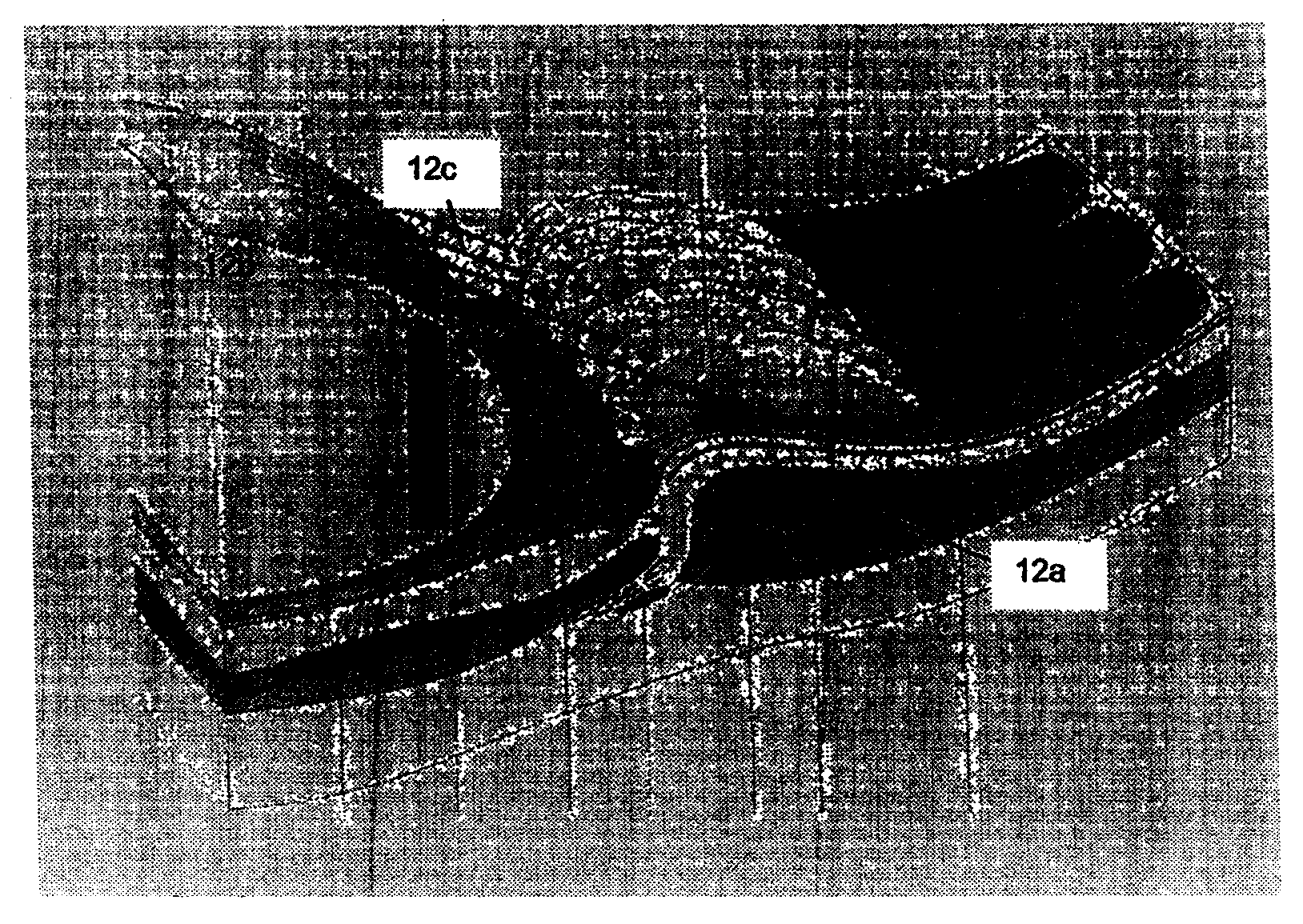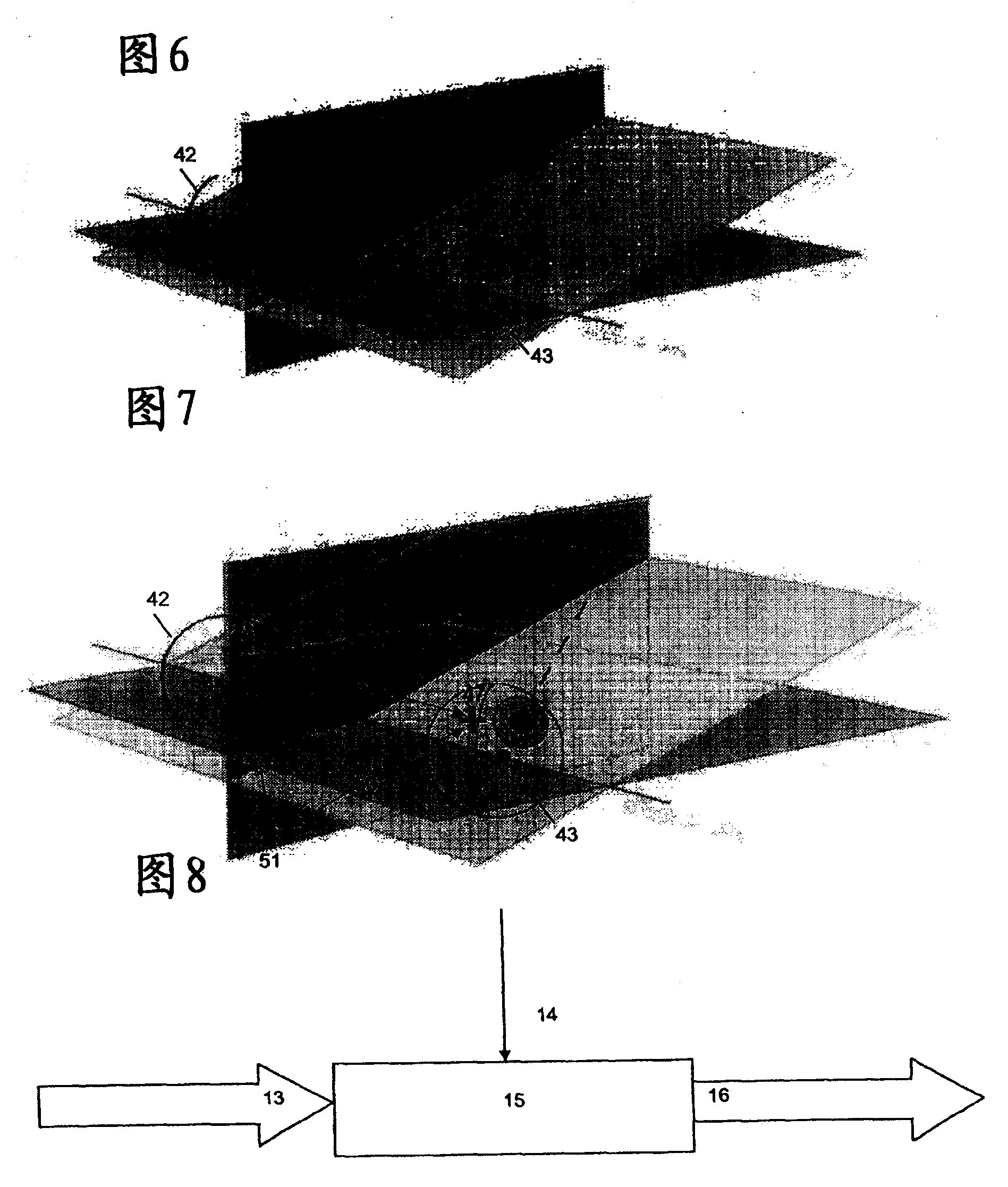Artificial accommodation system
A technology of optical systems and accommodation capabilities, applied in the direction of intraocular lenses, eye implants, equipment for testing eyes, etc., can solve the problems of no mention, pressure impossible, etc.
- Summary
- Abstract
- Description
- Claims
- Application Information
AI Technical Summary
Problems solved by technology
Method used
Image
Examples
Embodiment Construction
[0112] Hereinafter, the present invention will be explained in more detail with reference to the accompanying drawings.
[0113] figure 1 A schematic diagram of a complete artificial eye accommodation system is shown. Information 1 , which may for example be light from an object, is received by a refractive device of a human eye 2 comprising an optical system 3 . The distance to an object may change over time. The focused light 1a impinges on the retina 4 which is the natural sensor.
[0114] The incoming signals 5 generated by the photoreceptors are transmitted to the brain, the natural information processing system 6 . Efferent signals 7 containing information about the eye's accommodation needs are transmitted from the brain to musculomotor structures such as the ciliary muscles and the muscles of the eyeball. This information is received by the data acquisition system 8 of the artificial eye accommodation system. Data processing system 9 forms an adjustment signal for...
PUM
 Login to View More
Login to View More Abstract
Description
Claims
Application Information
 Login to View More
Login to View More - R&D
- Intellectual Property
- Life Sciences
- Materials
- Tech Scout
- Unparalleled Data Quality
- Higher Quality Content
- 60% Fewer Hallucinations
Browse by: Latest US Patents, China's latest patents, Technical Efficacy Thesaurus, Application Domain, Technology Topic, Popular Technical Reports.
© 2025 PatSnap. All rights reserved.Legal|Privacy policy|Modern Slavery Act Transparency Statement|Sitemap|About US| Contact US: help@patsnap.com



